
If you lift weights without preparation (in the gym/helping someone move furniture) or return too quickly to your usual physical activity after surgery, you risk developing a ventral hernia.
As explained by surgeon Mikhail Kukharchik from the Republican Clinical Medical Center, a ventral hernia is a pathological protrusion through weakened abdominal muscles beyond the anterior abdominal wall. Surgeons frequently have to deal with this problem, although it is easy to avoid.
— Let's discuss in more detail where and why ventral hernias form.
— Ventral hernias can be:
- Primary (formed as a result of heavy physical exertion);
- Postoperative.
In the vast majority of cases, hernias form in the areas where incisions were made during surgical interventions:
- Along the linea alba (the midline of the abdomen);
- In the umbilical region;
- In the subcostal region (below the ribs);
- Above the pubic area.
Hernias occur after surgeries because the density of the scar tissue is much lower than the original density of the aponeurosis (the linea alba), and the weakened barrier is easier to breach.
Immediate causes include:
- Disruption of surgical sutures after the operation;
- Poor wound healing;
- Seromas (fluid collections) in the postoperative scar;
- Performing emergency surgery where the preservation of life was at stake;
- Peritonitis.
This not only refers to the duration of restricted physical activity but also, for example, to the correct use of postoperative abdominal binders. It should be worn while lying down - only then does it make sense, and only then will it support the anterior abdominal wall and prevent hernia formation. We, as doctors, explain this, but unfortunately, many patients simply do as they please.
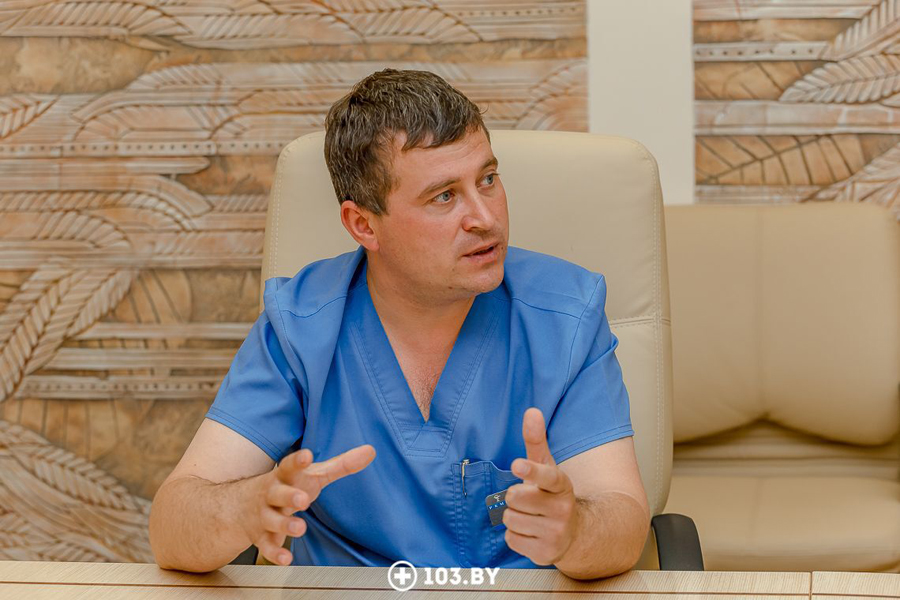
However, predisposing factors also play a significant role in the development of incisional hernias:
- Diabetes mellitus;
- Cachexia;
- Chronic constipation;
- Problems with urination;
- Advanced age (the anterior abdominal wall and the entire ligamentous apparatus lose elasticity - if it can stretch and contract back in youth, it may tear in elderly individuals if it stretches too much);
- Decreased immunity;
- Excessive physical exertion.
—How long does a ventral hernia take to form?
- You can lift a heavy bag or a barbell in the gym - and your hernia will "come out". That is, it happens all of a sudden.
Moreover, it's not true to think that ventral hernias mainly occur in men, as they are more frequently dealing with heavy weights. This condition occurs with approximately the same frequency in women as well.
Ventral hernias form more slowly after surgical scars.
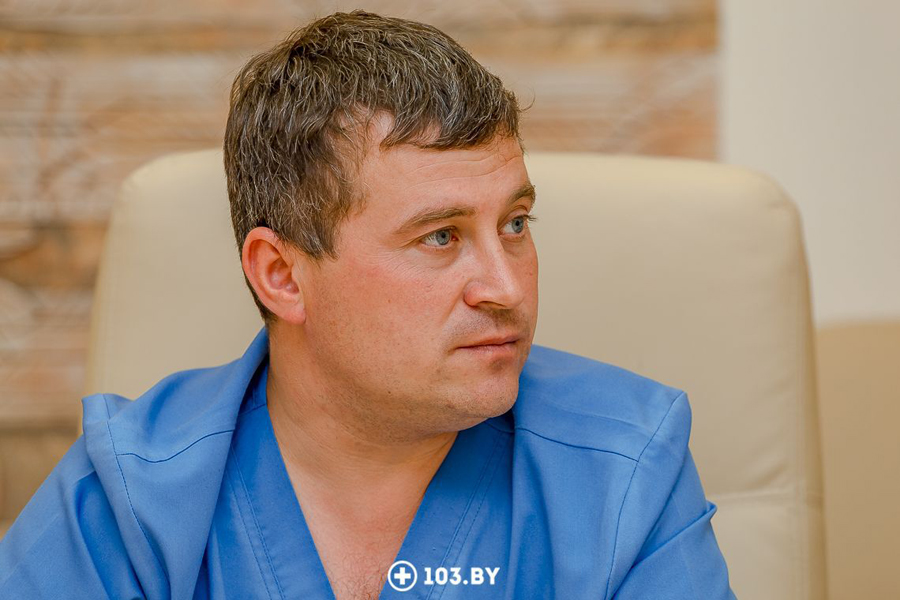
— How can one determine if a ventral hernia has developed and what should be done?
— The key sign of a ventral hernia is an unusual swelling in the area of the anterior abdominal wall or along the surgical scar line.
Typically, there is no pain in a resting position. However, there may be some discomfort, a burning sensation, heaviness, or protrusion of something outward.
If a hernia is left untreated for a long time, it can cause nausea, constipation, and constant episodes of abdominal pain. However, it is not advisable to wait until it reaches such a condition. As soon as the symptoms appear, one should either visit the nearest emergency department (even if it is nighttime, there is no need to wait until morning) or call for an ambulance.
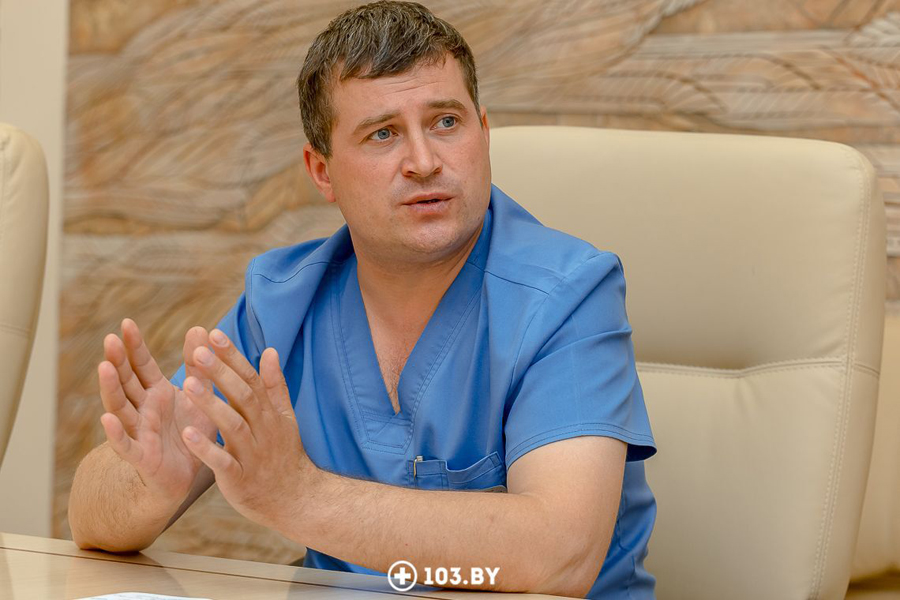
When diagnosing ventral hernias, the doctor will first of all conduct a physical examination. The patient should be examined in both the supine and standing positions to determine the defect of the hernia gate itself and to understand if there is one hernia. Yes, there can be several of them: for example, umbilical and inguinal.If a person develops one hernia, it means there is weakness in the aponeurosis and the same pathology can occur in another location.
In addition, ultrasound imaging (sonography) is used in diagnosis. This is a highly sensitive method that helps determine the size of the hernia sac, identify the location of the rectus abdominis muscles, and detect any defects between the muscles (in the case of linea alba hernia).
Furthermore, computed tomography (CT) of the abdominal organs is widely used today. This is one of the reliable methods. On a CT scan, we can visualize all defects in the anterior abdominal wall.
After the examination, the surgical approach can be determined. There are no other treatment options for ventral hernia available today.
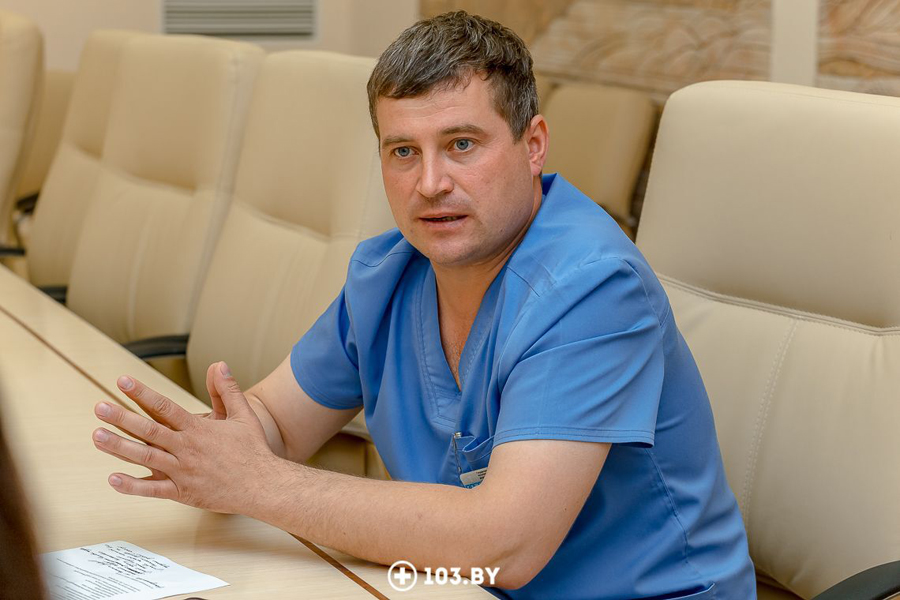
—What are the options for ventral hernia removal surgeries? How complex are they?
— Based on my experience, there is no such thing as a simple operation. Any surgical intervention can lead to both positive and negative outcomes. It's difficult to argue with global statistics.
However, laparoscopic treatment methods for ventral hernias, which are commonly used in modern practice, significantly outperform open surgeries.
Advantages of laparoscopic treatment methods for ventral hernias:
- Shorter rehabilitation and recovery period;
- Reduction in pain syndrome;
- Cosmetic effect
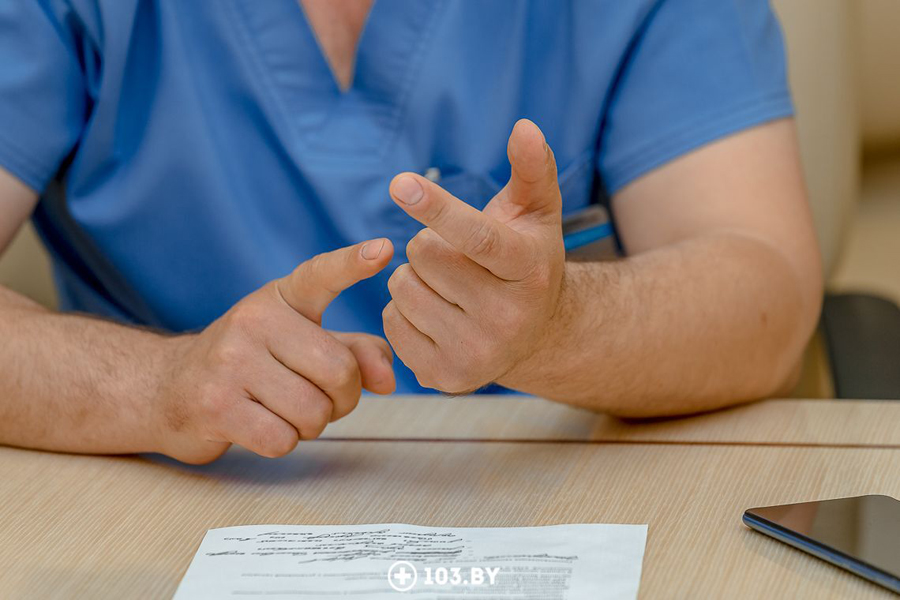
Patients are able to get up, walk, and move around as early as the day after the operation. They don't need to worry about sutures coming apart or the wound "falling apart" since the incisions are small. The largest one is 10 mm, which is necessary for the placement of the optical port.
In addition to repairing the existing hernia, a mesh implant is placed on the entire anterior abdominal wall during laparoscopic surgery to prevent the formation of further hernias. The mesh creates a reinforced framework.After the placement of the mesh implant, the risks of postoperative complications are minimal, as there are no large incisions. As a result, there is no significant pain syndrome, and the period of rehabilitation and recovery is shortened.
- The average hospitalization period for laparoscopic surgery is typically 3 to 5 days, taking into account the surgical intervention.
- Rehabilitation involves limiting physical exertion for up to one month. Afterward, individuals can gradually return to their normal lifestyle.
The minimally invasive method, of course, has a clear advantage. Approximately 90% of surgeries worldwide are performed laparoscopically today. However, open methods are also used if the patient's somatic condition does not allow for abdominal insufflation, which is necessary for conducting minimally invasive surgery.
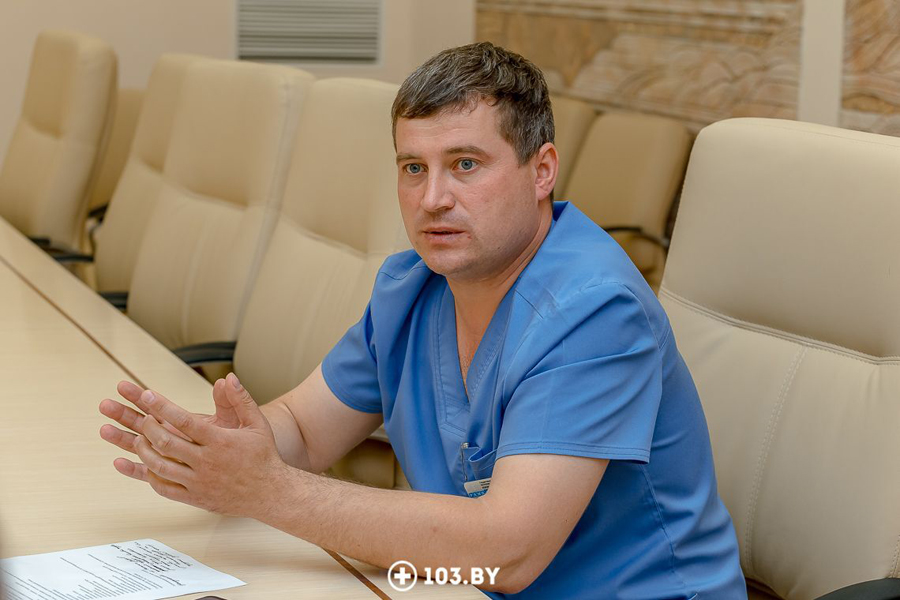
— What will happen if the operation is not performed?
— It can lead to serious complications. For example, a hernia can become incarcerated. If this happens, emergency surgery will be required based on life-threatening indications. It may result in resection of the intestine, omentum, and other organs... Therefore, do not delay. If there is any suspicious swelling on the abdomen, discomfort in that area, seek medical attention at any time of the day or night or call for an ambulance.
Interviewer: Kristina Holoviyuchuk
Photo: Anna Zankovich
103.by



